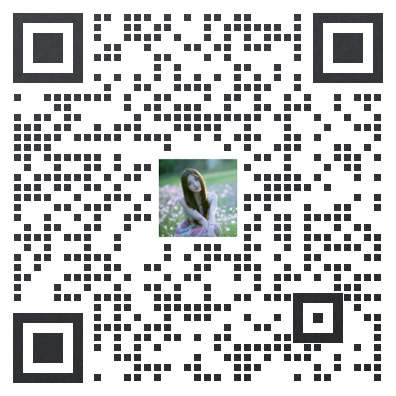小学英语知识归纳总结目 录第一章
第二章
词汇分类集中复习....... .............................. .........................................................3常用短语汇总........................................................................................................5动词短语.................................................................................................................5介词短语.................................................................................................................6特殊疑问词.............................................................................................................7缩写词.....................................................................................................................7时间词和短语.........................................................................................................7常见介词.................................................................................................................8时间介词 at、on、in 的用法.....................................................................................8日常用语................................................................................................................8小学生口语 100 句.................................................................................................8英语日常用语.........................................................................................................9日常用语分类.......................................................................................................12主要问句汇总......................................................................................................14常用词性.................. ........ ..................................................................................17名词................................. .....................................................................................17冠词.......................................................................................................................22介词.......................................................................................................................27常见介词(连接词)的用法...............................................................................32系动词 Be 的用法.................................................................................................32第一节
第二节
第三节
第四节
第五节
第六节
第七节
第三章
第一节
第二节
第三节
第四章
第五章
第一节
第二节
第三节
第六章
第一节
第二节 Do 的作用.............................................................................................................33第三节 介词 for 的用法.....................................................................................................34第四节 With 的用法..........................................................................................................34第五节 Some 与 any 的用法.............................................................................................35第六节 How many 与 how much 的区别与用法.............................................................36第七节 Have 和 has 的用法...............................................................................................36第八节 Do 和 does 的用法................................................................................................36第七章 重要句型.............................................................................................................371



